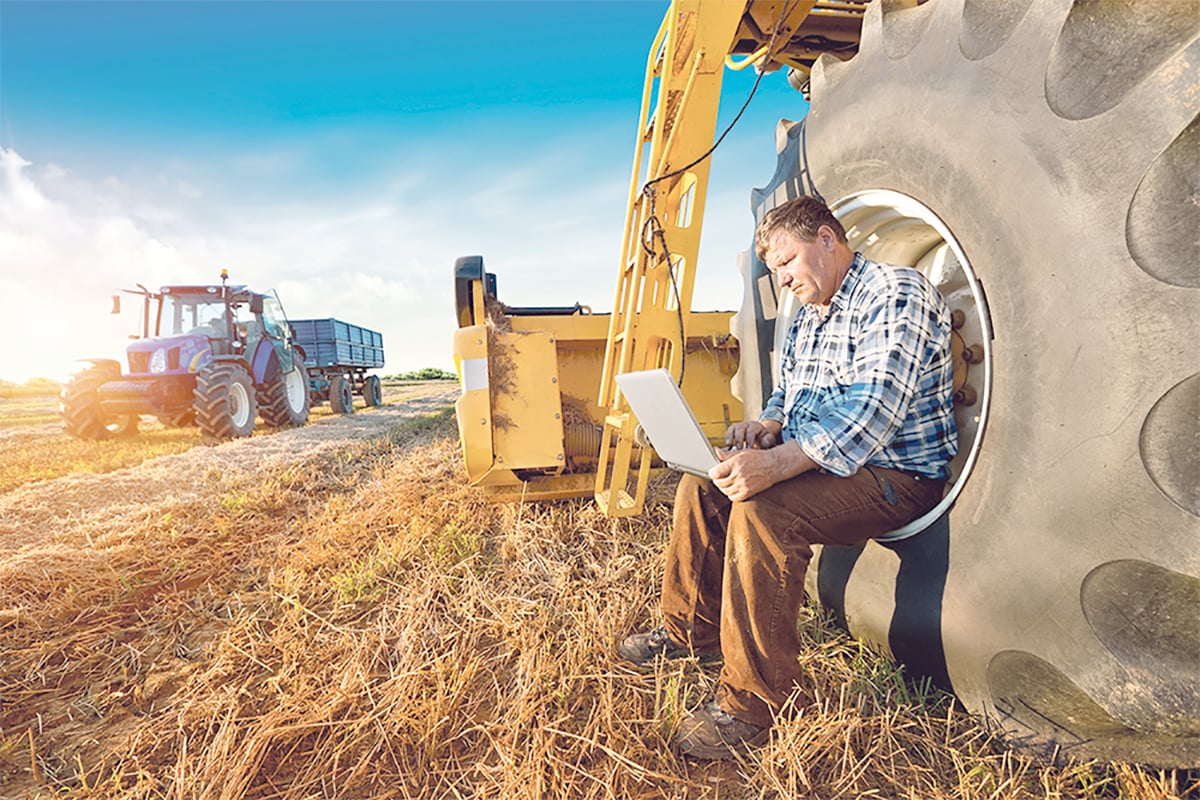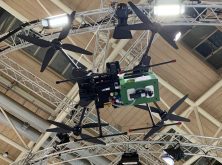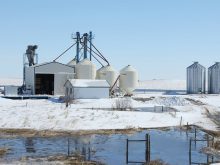The Canadian Foodgrains Bank is helping a west African nation get its farmers back in the fields.
Victoria Wollie, general secretary of the Association of Evangelicals of Liberia, is visiting foodgrains bank participants on the Prairies this winter as part of a People to People program that provides first-hand accounts of how donations are used.
Her group, an aid organization helping resettle Liberia, is using foodgrains donations to provide farmers with tools and 25 kilograms of rice seed. After harvest, farmers provide others with the same amount of seed to begin farming.
Read Also

Communication key to bridging generation gap
Each generation is shaped by the predominant forces at play during their formative years. Acknowledging these influences can improve communication among the generations.
“It’s a way of returning people to a normal life,” Wollie said.
The program has helped 6,000 farmers in the last three years. Because Liberian households typically include six people, she said, the assistance really helps about 36,000.
Eighty percent of Liberia’s 3.4 million people farm, but 16 years of civil war have devastated the country’s agricultural industry.
Wollie shared with Canadians how their donations help Liberians, but said the learning was a two-way street.
She learned about the size and mechanization of Canadian farms and discovered that farming in Canada is a career choice, with families living and working on the family farm. Liberians regard farming as something for the poor, illiterate or old, and many migrate to the cities.
Wollie, who has been billeted with local families during her stay, also learned more about food-grains growing projects and met participants such as Wilf and Ruth Buhler of Osler, Sask.
“When we see her working on resettlement, it motivates me to continue and to know it is making a difference,” Wilf said.
He described Wollie’s own ordeal of fleeing war with a baby on her back, eating roots and leaves to stay alive and walking for two weeks.
Wollie has four children and cares for another six. Many children became separated from their families while fleeing war zones.
“To see the face and horrendous destruction of war and the disruption on families, it makes an impression,” Wilf said.
Ruth said donations find their way to their intended recipients because of people such as Wollie working in communities.
“Victoria works through the suffering and comes up with a way to give her people hope again,” she said.
Wollie has her own stories of giving, citing the case of a 12-year-old Canadian girl who brought a bag of coins to church.
“It touched my heart to see her doing that from her heart,” she said.
Wollie’s project in Liberia is one of 50 the foodgrains bank is involved with in 23 countries, said Dave Meier, Saskatchewan co-ordinator for the foodgrains bank.
Connecting donors and recipients puts a face to the projects, he added.
“Our supporters can see the end result of what they’re working for,” he said. “It knits it all together.”
The foodgrains bank will have 230 projects in Canada this year.














